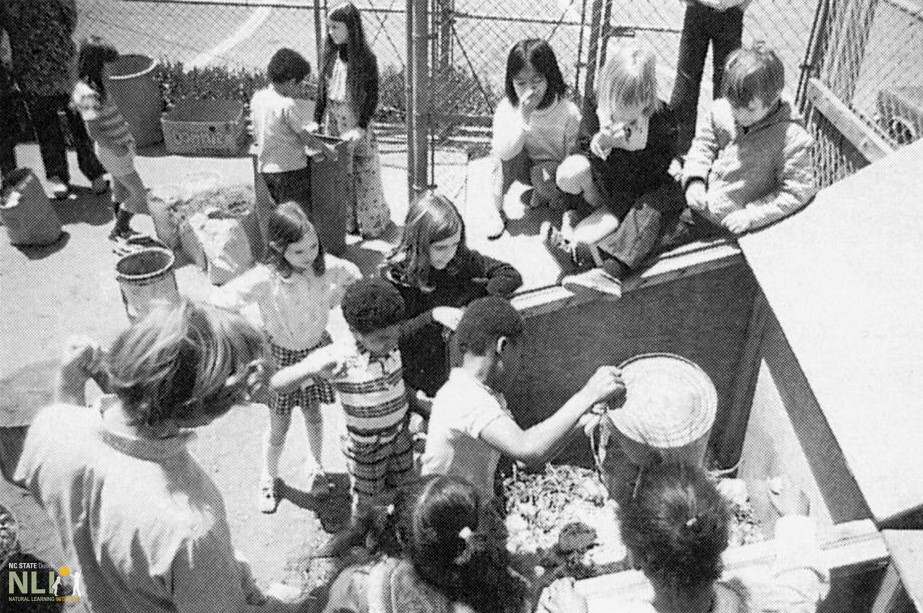Publications
Children Gardening – First Steps Towards a Sustainable Future
Author: Moore, Robin.
Children’s gardening is introduced within the broader frame of reference of sustainable development, regenerative design, and bio-design. If these fine-sounding principles accompanying the newly emerging environmental movement are to have a permanent cultural impact, it is argued that children (future consumers and participants in a democracy) must interact daily with an educational environment containing a diversity of living ecosystems. Gardening in the primary grades is proposed as one of the most feasible pedagogical approaches for ensuring this type of daily learning experience, and for reversing a worrisome trend in the opposite direction. A case example of children’s gardening is presented that was documented during the 1970s and early 1980s as part of a larger regenerative design project implemented on an urban schoolyard in the California Bay Area. In this case, gardening became a common thread in the process of regeneration and evolution of the habitat over many years. It was the most popular component with the teachers and the one aspect of the environmental education program that survived over the years, as the dwindling resources in public education forced the reduction or elimination of many


